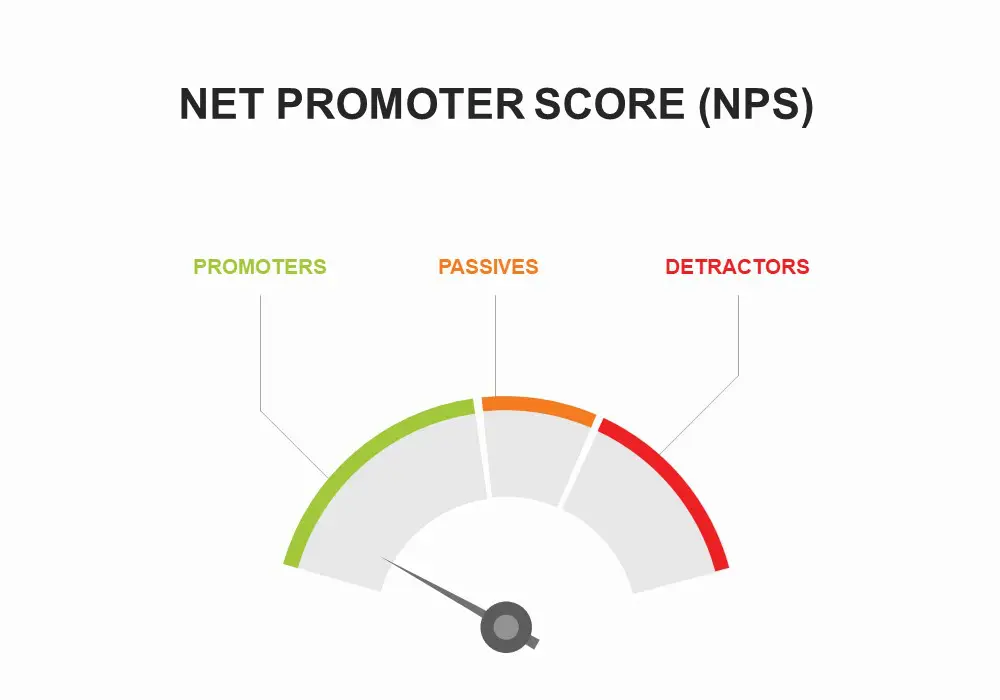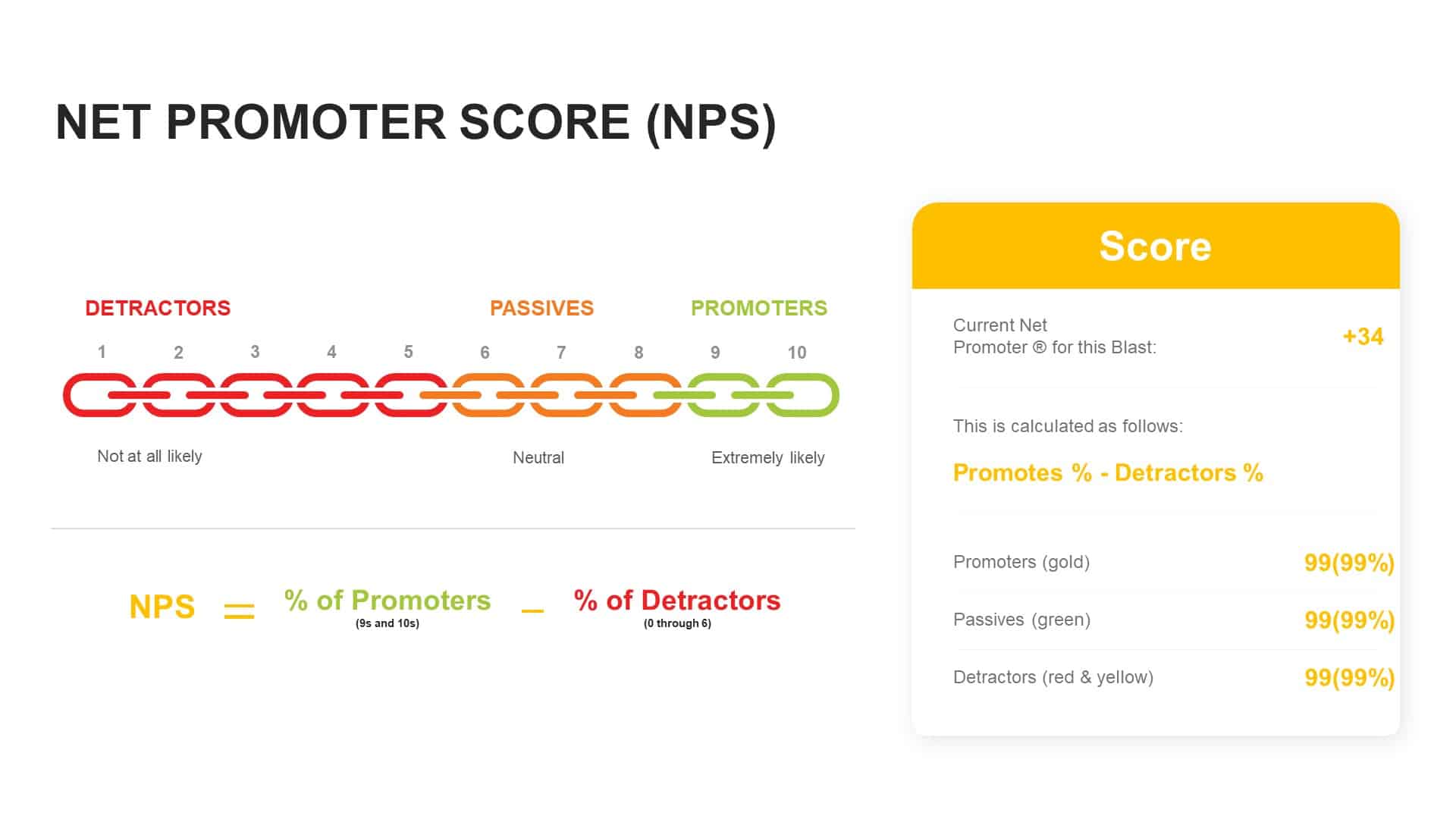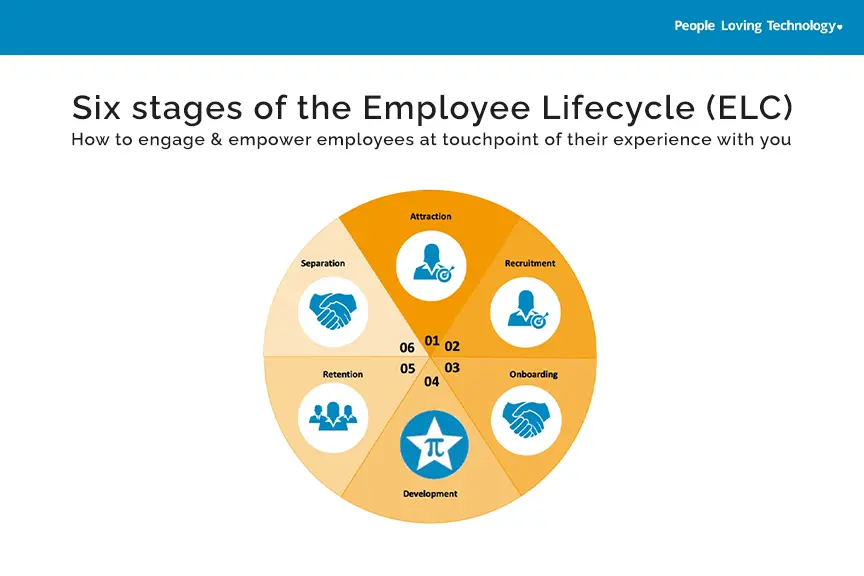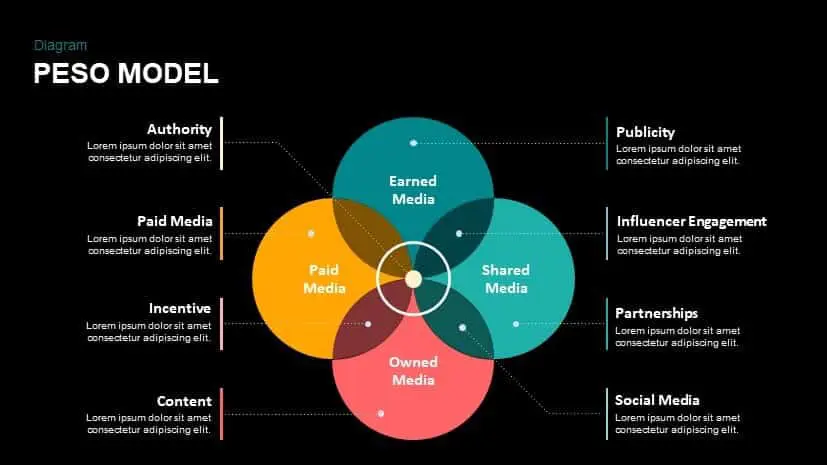Net Promoter Score – how do reviews affect your business

Net Promoter Score is a customer satisfaction analysis tool designed to evaluate what customer think about a product or a service. In 2003, American author Fred Reichheld designed the concept of Net Promoter Score. One of the key advantages of the Net Promoter Score (NPS) is that it assesses customer loyalty and therefore the probability of gaining new and recurrent business. This assessment is useful for estimating business growth, cash-flow, as well as to measure the health of your brand and overall customer satisfaction.
The aim of NPS is to assess customer loyalty, providing a substitute for measuring customer satisfaction. The NPS score is calculated using the variable from negative 100 to positive 100. In over-all, a score above 0 is measured good, and a score over 50 is considered excellent. NPS is the basis of a solid customer relations strategy. It’s a simple method that can easily be applied throughout an organization. Workers at all levels can understand the NPS, which inspires them to make an extra effort, become more customer-focused, and improve their productivity.
Usually, customer loyalty assessment would be difficult because it never gives an accurate response. if you want accurate responses from the customers, you should frame a number of questions. So, determining customer loyalty is an expensive and time-consuming process. . It needs a specific consumer group to answer more than a few questions. All the responses have to be collected and analyzed to get the most accurate result possible. NPS, on the other hand, is an easier method of the forecast. It’s not just easy to do; it’s also a commanding tool to notice whether customers are loyal to their dealer. Asking one simple question is sufficient to make clear what customers think of the dealer and its product. That question is;
Why should you like to recommend our product/service to your friend or colleagues? Or how likely is it that you would recommend our products/services to a friend or colleague?’
Both customer loyalty and customer pleasure are significant foundations for a company’s potential market share. That market share is then allocated into different segments, including the number of first-time buyers of a product (market penetration or infiltration), repeat buying, and use intensity. Customer loyalty and customer happiness play particularly important roles when it comes to repeat purchases. As such, it’s priceless to companies to find out what customers think about their product and/or service, and if they’re able to recommend it to friends or colleagues.
NPS calculation
Customers can answer the crucial question by giving a mark between 0 and 10. The NPS is then calculated by subtracting the percentage of promoters from the percentage of detractors. Now you have doubts about these groups, we will clear up your doubts after reading this. This way, a single number can specify how an organization is performing and what its customer loyalty potential is, including the associated revenue growth. According to Reichheld, an NPS between 50% and 80% is a very good score for a business.

NPS = % PROMOTERS – % DETRACTORS
Customers who answer the NPS question with a 6 or lower considers as ‘detractors’, from the percentage of customers who answer with a 9 or 10 considers as ‘promoters’. In between the scores,7-8, considers as PASSIVES
NPS Groups
Net Promotion Score has divided the customers into 3 groups. Each group is asked the decisive question, and they then fill in a score on the measure. ‘0’ means ‘not likely at all’ and ’10’ means ‘absolutely very likely’; the scores in between are self-evident. It’s also a virtuous indication to consider the NPS score with the industry in mind. For example, customers are less satisfied with non-material items than concrete products.
Promoters
They are loyal customers, functions as ambassadors of the company. They have given a score of 9 or 10 on the gauge and are fans of the company and its products and/or services. They don’t only come back to make repeat purchases; they also recommend the products/services to others, causing additional growth.
Passives
They are considered disinterested or neutral customers that give a score of 7-8. These customers are satisfied, but not always particularly passionate. If a competitor has a smart offer, they’re likely to go for this. This means these customers are less loyal and therefore less likely to recommend the company and its products/services to others.
Detractors
This is a group of negative reviewers according to Reichheld, having given a score between 0 and 6 on the gauge. They’re not completely satisfied or have had a bad experience with the company and its product and/or service. The lower the score they give, the more likely it is that they may cause serious damage to a company’s image through adverse word-of-mouth.
download simple ppt slides for net promoter score presentation
To grow your business, you need happy customers or ‘promoters’ who talk about you strongly and send referrals your way—and the way you assess your supporters is by testing how many people scored 9 and 10 in an NPS survey.
From the customer point of view, NPS surveys should be quick, open and can be done online by email or over the phone. There’s one ultimate question: “How likely are you to recommend this business to a friend?” often followed by one or two additional questions to inspire further feedback. All up, the survey rarely takes more than 3 minutes to complete. When the duration is prolonging, customers wouldn’t show interested to give responses. So, it is important to frame your questions which should have consumed only less time for interrogation.
Remember NPS is not the only tool which measuring customer satisfaction. However, this is the simplest one which can be calculated and analyzed easily. This not means the tool is beyond criticism. The major criticism against NPS is that no single question couldn’t effective to get sufficient information because customer attitude is determined by multiple factors. Similarly, it’s not a good idea to work with no more than a single score. An average of a number of marks would be more scientific and accurate.


